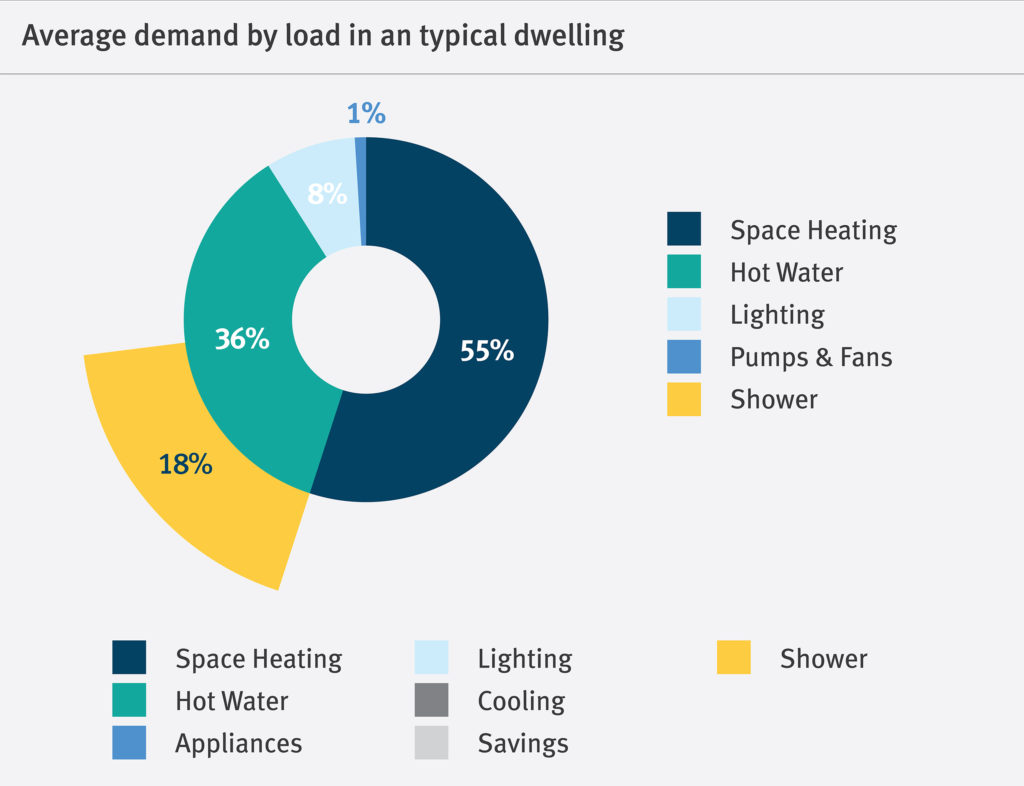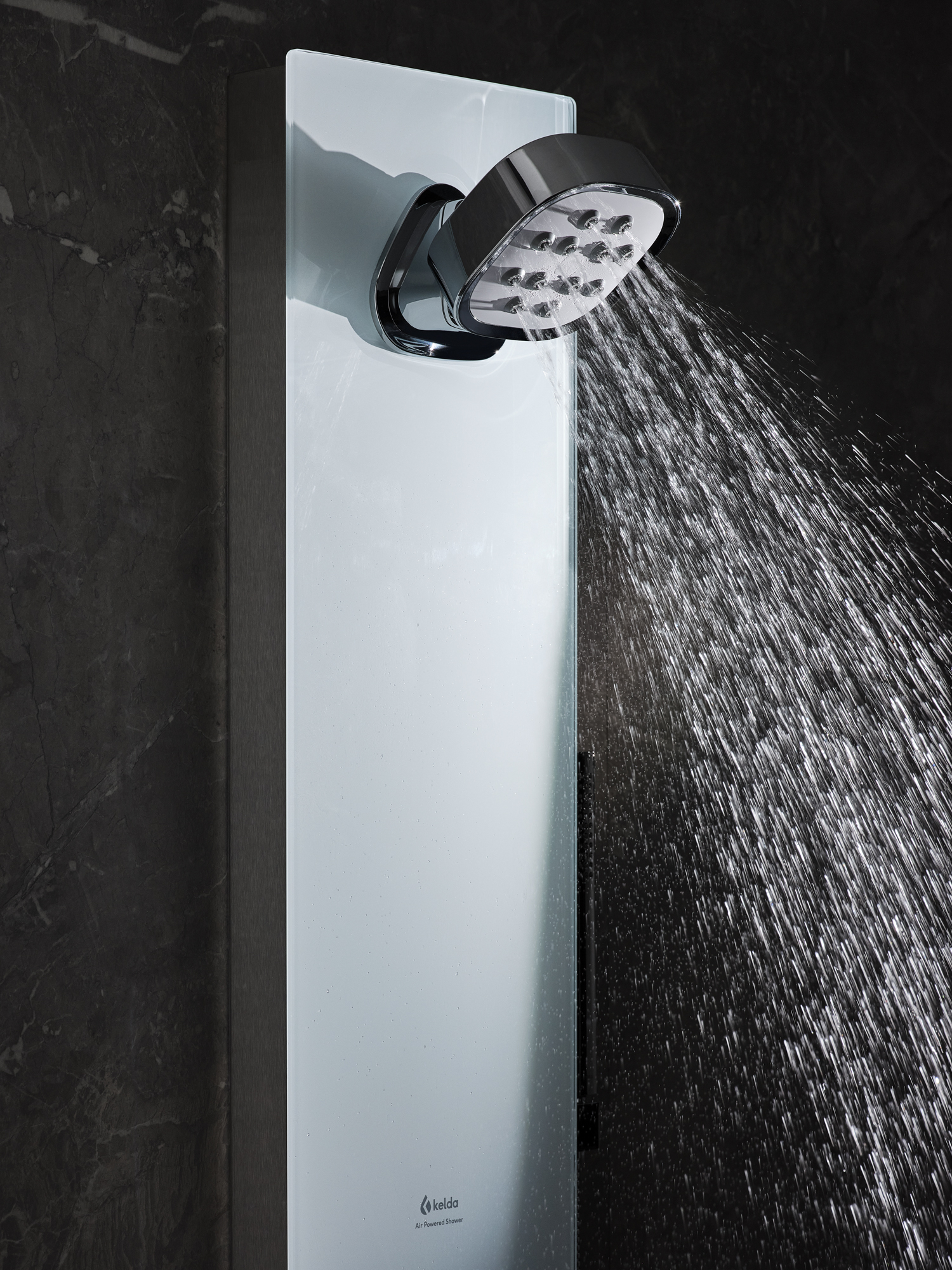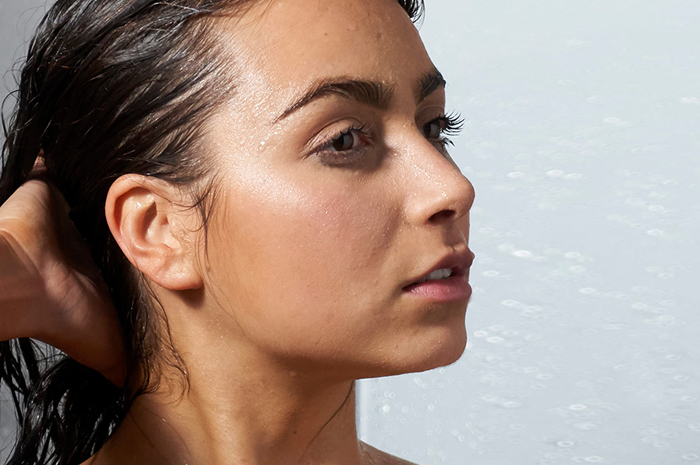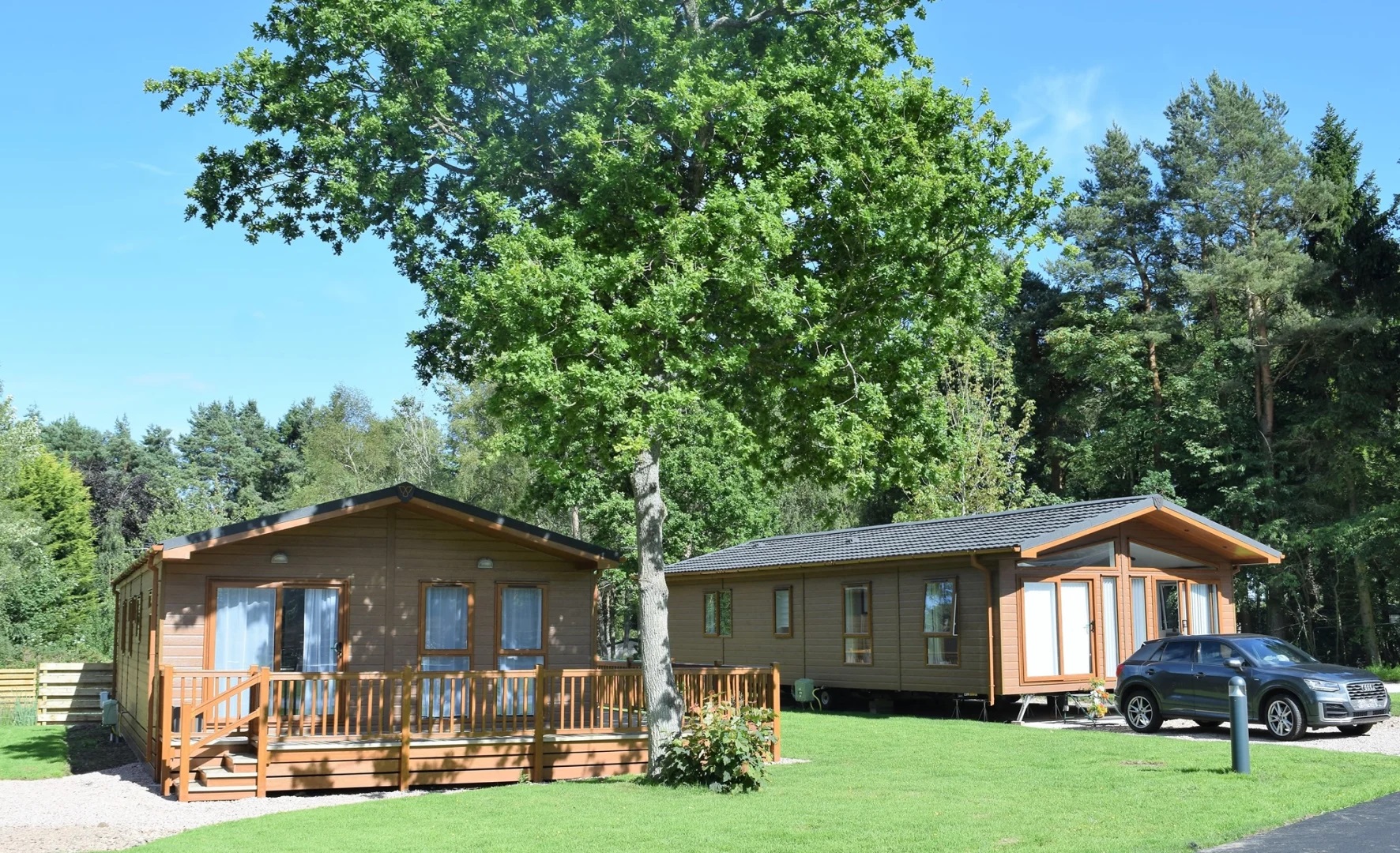
Technology
Exceed RIBA’s Climate Challenge
Meeting and surpassing the RIBA Climate Challenge targets is essential for creating sustainable, low-carbon developments that support the UK’s net-zero 2050 commitment.
The RIBA 2030 Climate Challenge sets targets for architects to reduce operational energy, embodied carbon, and water use in new and retrofitted buildings.
The RIBA 2030 Climate Challenge targets are ambitious yet achievable, representing a crucial first step for refurbishment and new-build developers. By adopting low-carbon strategies, improving energy efficiency and reducing embodied carbon and water use, the construction industry can deliver the substantial reductions needed by 2030, supporting a realistic pathway for the UK building stock to achieve net-zero carbon by 2050.
The Role of Showers
A recent SAP Industry Forum report for BEIS shows that in an average home, hot water accounts for 36% of total energy use, with showers alone responsible for 18%. As fabric efficiency improves, the share of energy and carbon from hot water rises. Specifying high-efficiency showers like Kelda’s Air-Powered™ models can deliver significant savings in water, energy, and operational costs, reduce carbon emissions, and help architects improve building efficiency, achieve compliance, and contribute to BREEAM ratings.
The Four Sustainable Outcome Target Metrics Are:
• Reduce operational energy demand by at least 75%
• Reduce embodied carbon by at least 50-70%
• Reduce potable water use by at least 40%
• Achieve all core health and wellbeing targets


Sustainable Water
A key principle of sustainable water design is reducing potable water consumption by at least 40%, equating to 75 litres per person per day in domestic buildings and 10 litres per person per day in non-domestic buildings. Currently, showers must meet Part G of the Building Regulations with a maximum flow of 10 litres per minute, but to achieve the RIBA 2030 water targets, flow rates will need to drop to under 6 litres per minute.
The Importance of Shower Efficiency
Kelda’s Air-Powered™ showers are engineered to meet and exceed these targets at 4.5 litres per minute, providing an immersive, high-performance shower while significantly cutting water use, operational costs, and carbon emissions – making them an ideal solution for sustainable homes and commercial projects.
Kelda’s latest range of Air-Powered™ showers exceed regulatory compliance
Kelda’s Air-Powered™ showers deliver an invigorating shower experience at flow rates as low as 4.5 litres per minute, representing a breakthrough in water- and energy-efficient shower technology. This allows architects and developers to confidently meet the RIBA 2030 Climate Challenge targets today. Installation in both new-build and retrofitted buildings is straightforward, and the technology has been independently verified to save potable water, reduce hot water demand, and help lower a building’s operational carbon emissions, supporting more sustainable, low-carbon developments.
Benefits include:
• Exceeds the RIBA’s 2030 Climate Challenge targets
• Exceeds Part G Compliance
• Contributes to achieving BREEAM status on projects
• Cost-effective solution to reducing primary energy, reducing DER and DPER
• Eligible for a water efficiency discount – up to £740 per plot
• Delivers lifetime annual savings
• Suitable for all dwellings – new build and retrofit
• Allows for smaller hot water cylinders, reducing build cost and space
• Help increase SAP rating – SAP 11 expectation
• Contributes towards a major reduction in DHW load
• TMV2 approved thermostatic mixer – provides safe hot water temperatures
• Meets water supply (water fittings) regulations
• Larger nozzles are less prone to limescale build-up and blockage
• Simple to use – technology is hidden within the panel


"A key principle of sustainable water design is reducing potable water use by at least 40%, equating to 75 litres/person/day for homes and 10 litres/person/day for non-domestic buildings."
Want to know more about how Kelda can help you fight climate change?
Related Links

Kelda Showers are recognised within Appendix Q of the governments SAP and RdSAP
Find Out More
Kelda Showers Recognised in RdSAP
Find Out More
